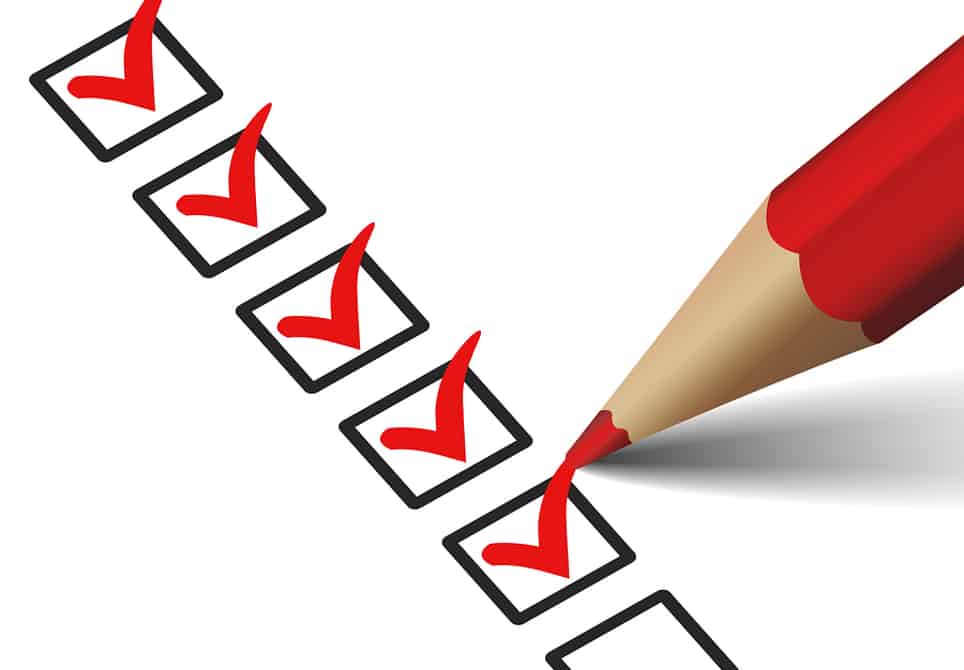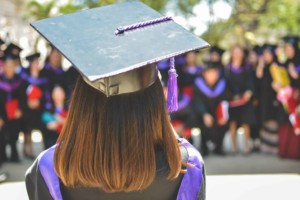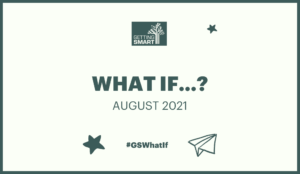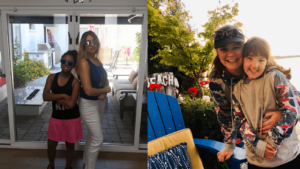10 Resolutions for Special Education in 2021

We are just a few weeks into 2021, and the year is still brimming with possibilities—some that could completely change learning for future generations of students.
In the past year, the COVID-19 pandemic illuminated layers of inequities that imperil students nationwide, especially those with disabilities like my daughter. These students faced glaring achievement gaps on every measure long before the pandemic shutdowns. And when schools closed, we saw their special programs, therapies and accommodations transform or vanish overnight.
Now, states face a unique opportunity to establish a new, student-centered normal as they emerge from the pandemic. And in my 20+ years of education policy experience, I have never seen such an exciting opportunity.
With the following 10 resolutions, I believe states can rethink and reimagine teaching and learning for all students, especially those with disabilities.
1. Include Students with Disabilities in Definitions of Equity
A hallmark of 2020 education policy has been a laser like focus on diversity, equity, and inclusion. Rightfully so, however, references to students that have been historically marginalized or disadvantaged too often do not include students with disabilities.
Action:
Ensure all state initiatives, including those led by non-profit organizations, include students with disabilities in definitions of equity.
2. Embed Principles of Universal Design in All Education Initiatives
Universal design is the opposite of the traditional one-size-fits-all approach, where thoughts of modifications and accommodations are an afterthought. Universally designed approaches begin with the goal of ensuring accessibility to the greatest number of students possible.
Action:
Begin redesign efforts through the lens of universal design to benefit all students, with a specific focus on those facing the greatest challenges.
3. Dispel Myths and Raise Expectations
Most students with disabilities have no cognitive impairments that would prevent them from reaching the same level of learning as other students—and for those that do, we have witnessed exciting increases in post-school outcomes in recent years. Even so, students with disabilities consistently experience heartbreaking academic outcomes fueled by misperceptions and low expectations.
Action:
Focus efforts on improving measurable outcomes for students across all disability categories and refuse to take learning gaps for granted.
4. Expand Innovation at the School Level
In 2020, it became abundantly clear that we must focus on preparing students not preserving systems. Schools and educators must be empowered to change systems, strategies and approaches to benefit students, especially those with disabilities.
Actions:
- Launch innovation networks devoted to students with disabilities and provide schools the necessary flexibility.
- Create grant opportunities that include competitive priorities dedicated to serving students with disabilities.
- Help schools pursue all available flexibilities in both state and federal funding sources.
5. Fund Students, Not Disabilities
States often weigh per-pupil funding based on a student’s diagnosis. This archaic approach assumes all students with a certain disability need identical services and supports. Even if funding is weighted for severity or placement, it still does not reflect the individual services students require to succeed.
Action:
Fund students based on the specific services they need to succeed, rather than a disability label.
6. Allow Funding to Follow Students to the Schools Serving Them
State funding formulas often assume students with disabilities are evenly distributed throughout the state. However, that is rarely the case, and robust public school choice environments in some states are resulting in an increasingly uneven distribution.
Action:
Ensure that funding follows each student to the school they attend.
7. Begin Post-School Preparation Sooner
Federal requirements for transition planning for students with disabilities begin at 16, but nothing prevents schools from beginning much earlier. In fact, over half of U.S. states and territories require transition planning to begin prior to 16.
Action:
Require transition planning to begin by age 14 or freshman year, whichever comes first.
8. Benchmark Progress Toward Postsecondary Goals
Closing the K-12 achievement gap is essential, yet insufficient on its own. States must also expand access to postsecondary opportunities for students with disabilities and support their success. The foray into postsecondary education represents a new frontier for many individuals with disabilities, especially those with intellectual and developmental disabilities. But today’s parents and students expect—and deserve—more.
Actions:
- Launch a Postsecondary Network for Students with Disabilities, in partnership with universities and community colleges, to identify existing obstacles to postsecondary success and promote solutions.
- Ensure postsecondary attainment plans include goals and strategies for students with disabilities. (To date, 45 states have set postsecondary attainment goals aligned to the Lumina Foundation’s Stronger Nation initiative.)
9. Strengthen Career Pathways and Participation
Students with disabilities are a valuable asset states must develop to help meet both education and employment goals. For this to happen, states must develop intentional strategies to increase the number of students with disabilities in career and technical education classes/programs.
Action:
Create innovative, obtainable pathways to valuable workforce opportunities for all students—intentionally including those with disabilities—through career and technical education, college acceleration opportunities like dual credit and other programs designed to enhance work skills for high school students.
10. Increase Workforce Participation
In 2018, only an estimated 37.8% of adults with a disability, ages 21-64 were employed. Preparing all students for college or career is our ultimate goal. Ensuring there are abundant opportunities for students with disabilities is a critical goal.
Actions:
- Prioritize students with disabilities in apprenticeship programs as well as partnerships between business and education.
- Spotlight employers who have embarked on strategic initiatives to hire people with disabilities and build programs to provide peer-to-peer modeling, education and awareness.
Last year challenged us in many ways, but it also elevated issues long overdue for discussion and gave us the opportunity to identify what is essential. In 2021, states are poised to boldly envision and begin implementing a new education system that prioritizes each child and their long term success.
This is our moment to act on behalf of students with disabilities. Let’s not waste it.
For more, see:
- Personalized Learning Is Special Education and the Time Is Now
- Educating All Learners During COVID-19: An Alliance Emerges to Provide Support for Virtual Special Education Services
- A 21st Century Model of Special Education
Karla Phillips-Krivickas serves as Senior Director of Policy at KnowledgeWorks. She is the proud mother of a 17-year-old son and a 13-year-old daughter with Down Syndrome. Follow her on Twitter at @azkarla.
Stay in-the-know with innovations in learning by signing up for the weekly Smart Update.








0 Comments
Leave a Comment
Your email address will not be published. All fields are required.